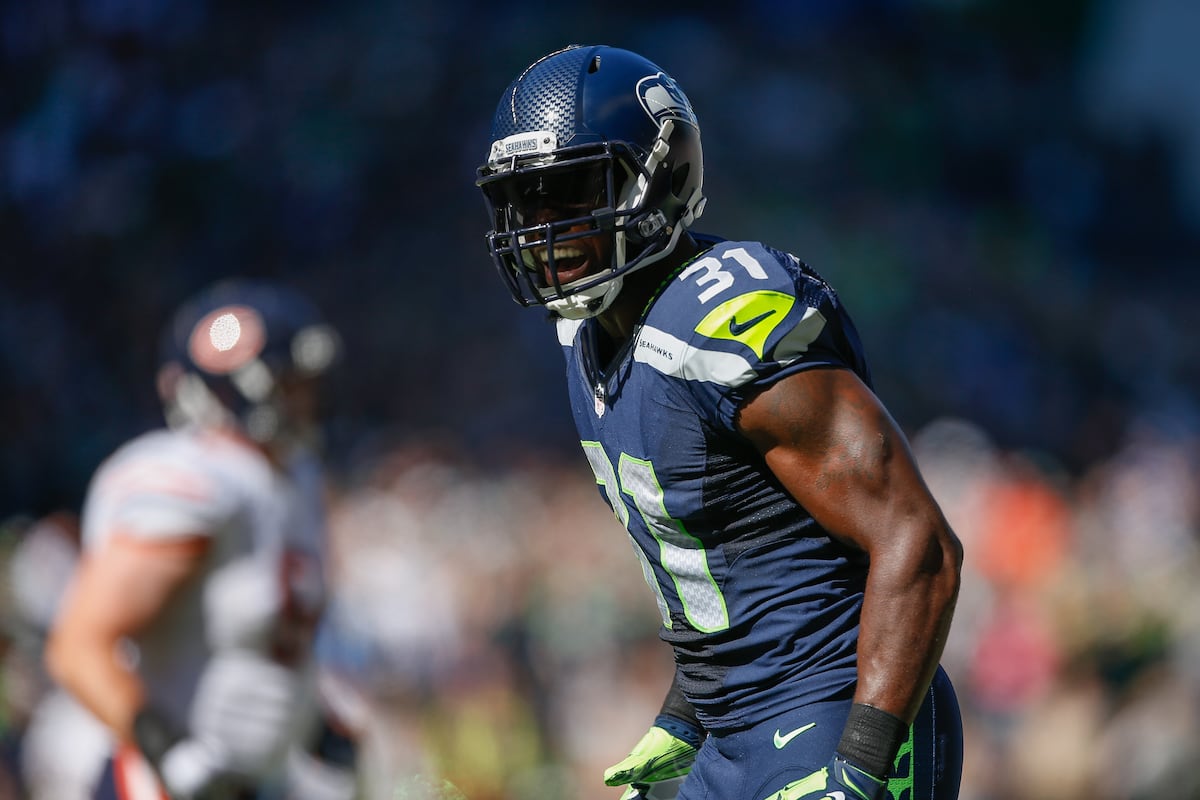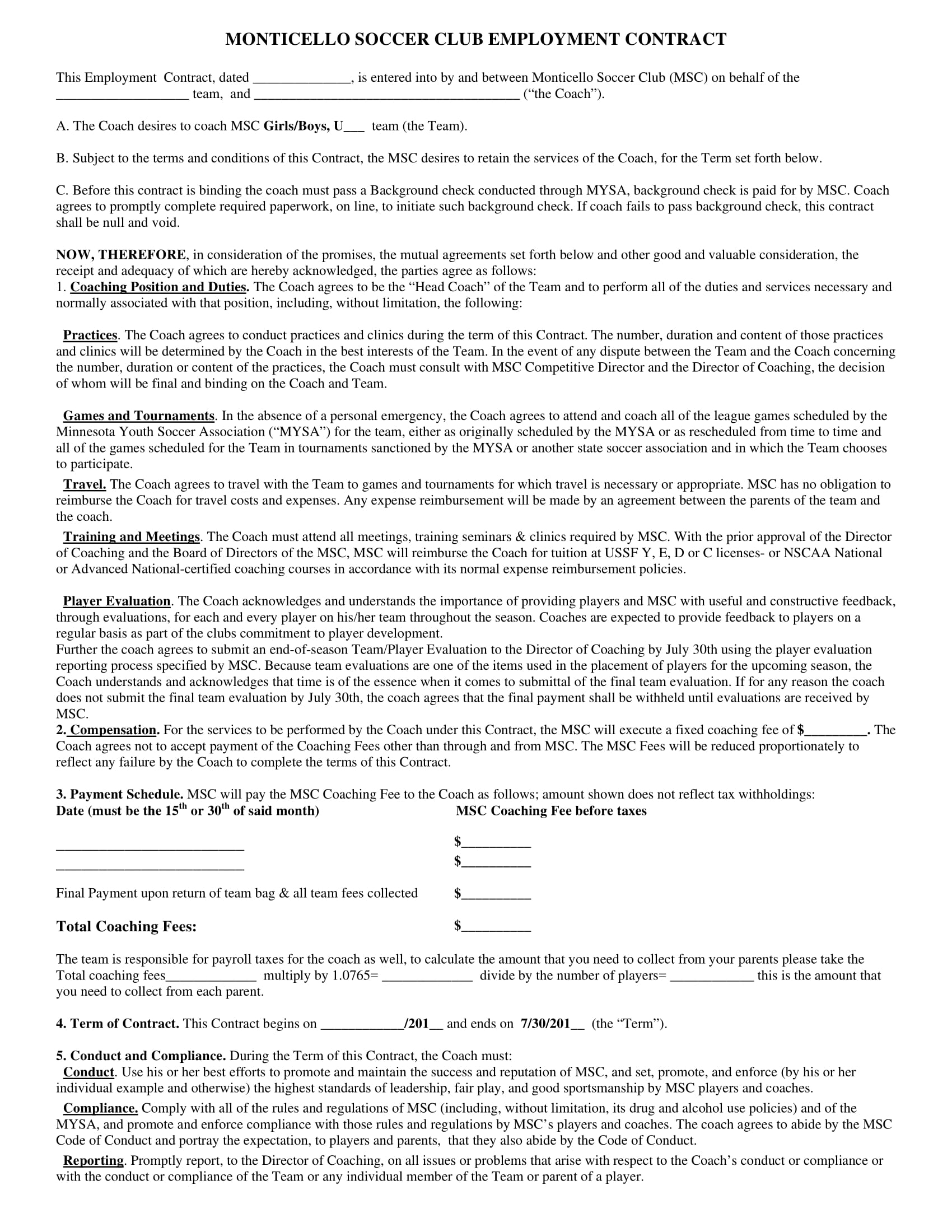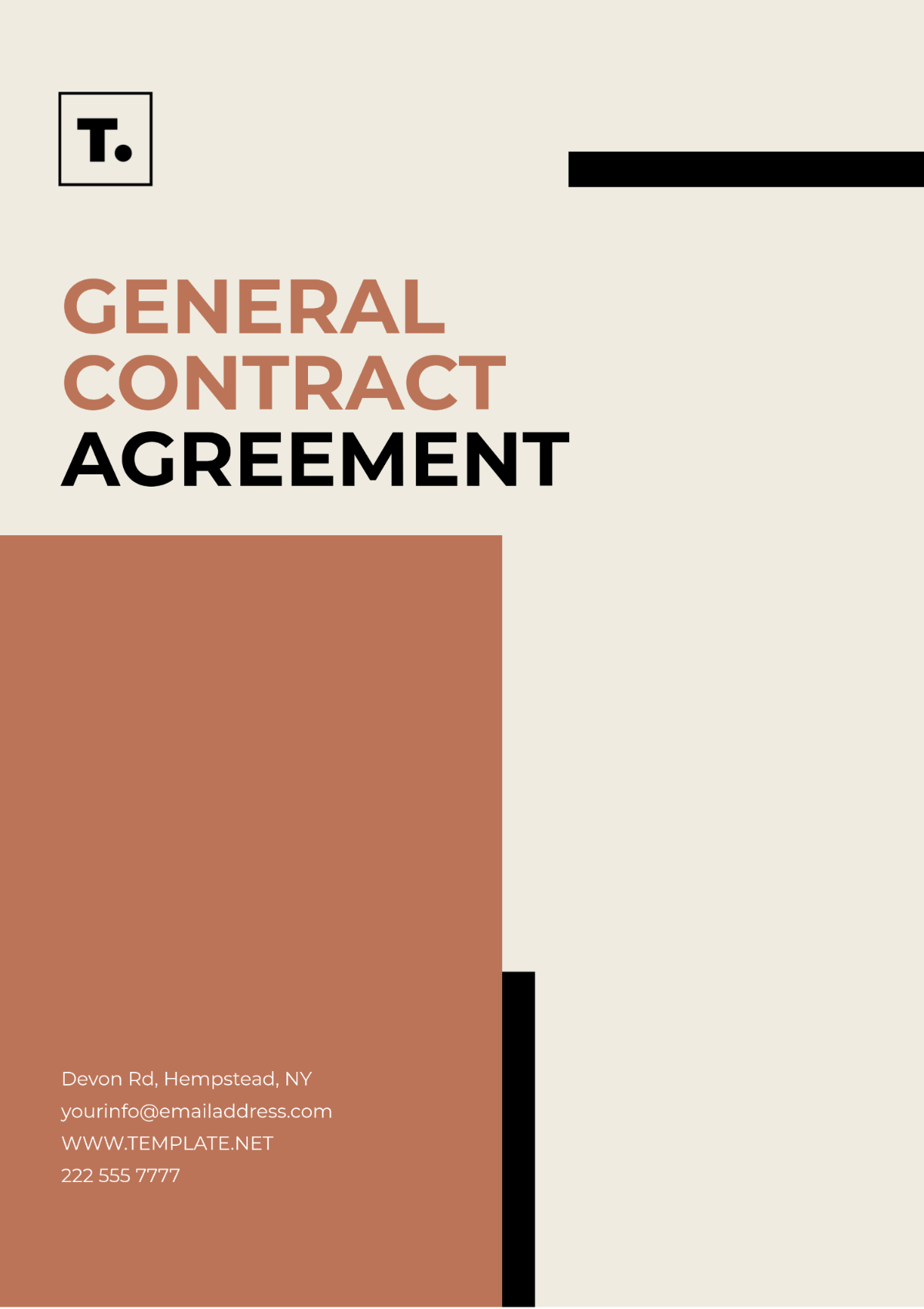Exploring The Largest Sports Contract Deals In History
Have you ever wondered about the sheer scale of money flowing through the world of professional sports? It's almost, frankly, mind-boggling to think about the figures involved when we talk about the largest sports contract agreements. These aren't just big numbers; they represent monumental commitments, often reshaping teams, leagues, and even the very fabric of how we view athlete value. You know, it's pretty wild.
When we think about what "largest" actually means, it's not always just about the highest single number written down. My thoughts, really, are that the largest might be about the overall impact, like a vast surface area of influence, while something "bigger" could be deeper, holding more potential or significance over time. For sports contracts, this means looking beyond just the headline dollar amount to see the true depth of the deal, what it truly means for everyone involved, and how it shapes the game for years to come. It’s a bit like that, isn’t it?
So, we're going to take a look at some of these truly remarkable financial arrangements. We'll explore who has signed these incredible deals, what makes them so massive, and what kind of ripple effects they send throughout the sporting world. It’s fascinating, and frankly, you might be surprised by some of the details, you know, how it all shakes out.
Table of Contents
- The Astonishing Scale of Sports Contracts
- The Forces Behind Record-Breaking Deals
- Beyond the Billions: Impact and Implications
- Frequently Asked Questions About Sports Contracts
The Astonishing Scale of Sports Contracts
When we talk about money in sports, we're not just talking about big sums; we're talking about figures that, quite honestly, stretch the imagination for many people. These are deals that can reach into the hundreds of millions, and sometimes even over a billion dollars. It's truly a testament to the immense value that top-tier athletes bring to their teams and to the entertainment industry as a whole. You know, it’s a pretty big deal.
What Makes a Contract "Largest"?
Figuring out what makes a contract the "largest" can be a little tricky, you see. Is it the total value promised over the contract's lifetime, or is it the average amount paid each year? Sometimes, a contract might have a huge total number but be spread out over many years, making the annual take-home less eye-popping. Other times, a shorter deal might have a truly massive annual salary. It’s a bit like considering if something is "largest" by its overall footprint or its deep impact, you know, the way it really changes things.
Then there's the question of guaranteed money versus potential earnings. Many contracts include incentives or options that might not ever be fully realized. So, when we say a contract is "the largest," we're usually talking about the maximum possible value, but the guaranteed portion is often what really matters to the player and their financial security. It’s pretty important to keep that in mind, actually.
A Look at the Top Contenders
Over the years, a few athletes have signed deals that truly redefined what was possible in terms of compensation. These are the contracts that make headlines and get everyone talking. They often involve players who are not only incredibly skilled but also have a massive impact on their sport's popularity and commercial appeal. It's quite something, really, to see these figures.
Here’s a quick look at some of the athletes who have inked, or are currently playing under, some of the most substantial contracts in sports history. This isn't just about their paychecks; it's about the trust and investment their organizations have placed in them, and in some ways, the value they bring to the entire sporting world. You know, it's a big investment.
| Athlete | Sport | Approx. Contract Value | Key Details |
|---|---|---|---|
| Shohei Ohtani | Baseball (MLB) | $700 million | Signed with the Los Angeles Dodgers. This deal, for instance, is structured with significant deferred payments, meaning a large portion of the money will be paid out after the contract term ends. It's a truly unique arrangement, designed to give the team more financial flexibility in the present while still committing a huge sum to one of baseball's most unique talents. This kind of structure, honestly, shows a very creative approach to managing player salaries. |
| Patrick Mahomes | American Football (NFL) | $450 million | His contract with the Kansas City Chiefs was, at the time, the largest in North American sports history. It's a long-term deal, stretching over a decade, and it reflects his status as a franchise quarterback who has already led his team to multiple championships. The NFL, you see, has a salary cap, so structuring such a large deal requires a lot of careful planning to keep the team competitive around him. It’s pretty complicated, actually. |
| Lionel Messi | Soccer (Football) | ~€555 million (Barcelona contract) | While his recent move to MLS involved a different kind of deal, his previous contract with FC Barcelona was absolutely colossal, reportedly making him the highest-paid athlete in team sports at the time. This deal, you know, showed the incredible value placed on a player who is considered by many to be the greatest of all time, bringing in immense revenue for the club through merchandise, tickets, and global appeal. It was a truly massive arrangement. |
| Cristiano Ronaldo | Soccer (Football) | ~$200 million (Al Nassr contract) | His move to Saudi Arabia's Al Nassr involved a truly significant sum, making him one of the highest-paid athletes globally. This contract, you see, isn't just about his playing ability; it's also about his global brand power and his role in raising the profile of the Saudi Pro League. It’s a very strategic move, really, for the league. |
| Canelo Álvarez | Boxing | $365 million | His deal with DAZN for multiple fights was a groundbreaking agreement in the boxing world, showcasing the massive earning potential for top-tier individual athletes in combat sports. This kind of contract, you know, highlights the pay-per-view model's strength and the immense draw of a dominant figure in a sport like boxing. It was quite a statement, really. |
The Forces Behind Record-Breaking Deals
So, what exactly drives these numbers so high? It's not just one thing, but rather a combination of powerful forces that have transformed professional sports into a multi-billion-dollar industry. It's a very interesting mix, you know, how it all comes together.
Skyrocketing Revenues and Media Rights
One of the biggest drivers, truly, is the explosion of media rights deals. Major sports leagues around the world are signing contracts with television networks and streaming services for astronomical sums. Think about the billions paid for the rights to broadcast NFL games, NBA games, or top soccer leagues. This money, basically, flows back to the teams, and a significant portion of it is then used to pay the players. It’s a pretty direct link, you see.
The global reach of sports also plays a huge part. Games are watched by audiences across continents, meaning more advertising revenue and more subscription fees. This expanded viewership, you know, makes top athletes even more valuable as they become global icons, drawing in fans and sponsors from every corner of the planet. It’s quite a phenomenon, really.
Athlete Value and Market Dynamics
At the heart of it all, of course, is the athlete themselves. A truly exceptional player, someone who can single-handedly change the outcome of games or bring a championship to a city, becomes incredibly valuable. Their talent, their leadership, their ability to perform under pressure – these qualities are, in some respects, priceless to a team. This is why teams are willing to commit so much. Learn more about sports finance on our site, it might help clarify some things.
Beyond their on-field or on-court performance, athletes also have immense commercial value. They sell jerseys, they attract sponsors, and they boost ticket sales. A player like Lionel Messi or Cristiano Ronaldo, for instance, isn't just a footballer; they're a global brand that brings in massive revenue for any club they join. Their marketability, you know, adds another layer to their contract worth. It’s a huge part of the equation, actually.
The Role of Agents and Negotiations
Behind every record-breaking contract, there's usually a skilled agent. These professionals are, in a way, masters of negotiation, working tirelessly to secure the best possible terms for their clients. They understand the market, they know the team's financial situation, and they can leverage their client's talent and demand to push for higher figures. They are, quite simply, crucial to the process. You might also want to check out our page on athlete endorsements to see another side of their work.
The negotiation process itself can be a complex dance, involving multiple rounds of offers and counter-offers. Teams want to secure top talent but also manage their salary cap and future financial flexibility. Agents, on the other hand, want to maximize their client's earnings and ensure long-term security. It's a very high-stakes game, honestly, where every clause and every dollar matters. It’s pretty intense, really.
Beyond the Billions: Impact and Implications
These massive contracts don't just affect the player and their bank account. They send ripples throughout the entire sports ecosystem, influencing everything from team strategy to fan engagement. It's a truly interconnected system, you know, where one big move can change a lot of things.
Team Dynamics and Salary Caps
For teams, signing a player to a record-breaking deal means a huge financial commitment. In leagues with salary caps, like the NFL or NBA, this often means less money available to sign other players. This can force teams to make tough choices about who else they can afford, and how they build out the rest of their roster. It’s a delicate balance, really, trying to stay competitive.
A star player with a massive contract also carries immense pressure. They are expected to perform at an elite level consistently and to justify the huge investment. If they don't, it can lead to frustration from fans and management alike. It’s a very high-pressure situation, you know, for everyone involved.
Fan Expectations and League Popularity
For fans, these huge contracts often fuel excitement and hope. When their favorite team signs a superstar, it creates a buzz and raises expectations for future success. It can also, honestly, increase interest in the league as a whole, drawing in new viewers and making the sport even more popular globally. It’s a pretty powerful effect, really.
However, there's also a flip side. Some fans might feel disconnected from the immense wealth of athletes, or they might worry about the rising cost of tickets and merchandise. Finding a balance between rewarding top talent and keeping the sport accessible to its loyal fanbase is, in some respects, a continuous challenge for leagues and teams. It’s something they think about a lot, actually.
The Global Reach of Sports
The largest sports contracts often involve athletes who are global icons. Their moves, their successes, and their financial agreements are followed by millions around the world. This global attention further amplifies the commercial value of sports, creating a virtuous cycle where more revenue leads to bigger contracts, which in turn attracts more global interest. It’s a very interconnected world, you know, that sports has created.
Consider, for example, the impact of a player like Shohei Ohtani on baseball's international appeal. His unique talent draws fans from Japan and beyond, making him a truly global phenomenon. His contract, honestly, reflects not just his skill but his ability to expand the sport's reach. This kind of global impact is, in a way, what truly defines the "largest" contracts today. It's quite remarkable, really, to witness.
Frequently Asked Questions About Sports Contracts
People often have a lot of questions about these incredible deals. Here are a few common ones, you know, that come up quite a bit.
Who has the largest sports contract in the world?
Currently, as of late 2023 and early 2024, Shohei Ohtani's $700 million contract with the Los Angeles Dodgers is widely considered the largest single contract in sports history. This deal, you see, is structured over a very long period, and while the total sum is immense, some of it is deferred, meaning it will be paid out much later. It's a truly unique arrangement, honestly.
What sport has the largest contracts?
While individual deals can vary, sports like baseball (MLB), American football (NFL), and soccer (football) consistently feature some of the largest contracts. Baseball, for instance, often has fully guaranteed contracts, which can lead to incredibly high total values. The global popularity and massive revenues of soccer also allow for truly staggering sums for its top players. It’s pretty interesting, really, how different sports approach these things.
Why are sports contracts so big?
Sports contracts are so large for several reasons. A major factor is the enormous revenue generated by professional sports through media rights deals, sponsorships, and ticket sales. Top athletes are also, in some respects, incredibly rare talents who can significantly impact a team's success and commercial appeal. The competition between teams to secure these players, combined with the negotiation skills of their agents, all contribute to pushing these contract values higher and higher. It’s a very competitive market, you know, for top talent.
So, what do you think about these massive deals? Do they make the game more exciting, or do they change the way you view professional sports? It's a lot to consider, isn't it?

20 Infamous Sports-Contract Holdouts: Who Won? | News, Scores

12+ Sports Coach Contract Examples to Download

Free Sports Contract Template - Edit Online & Download | Template.net